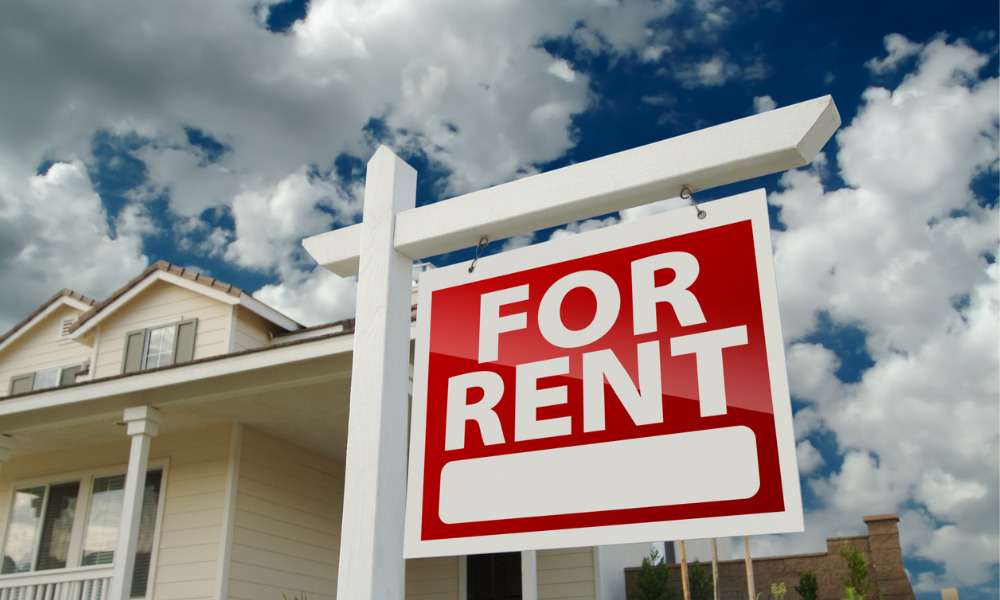Two key statistics reveal opportunities to deal with supply and affordability issues, peak body says

The latest census highlights an opportunity to increase the nation’s rental pool, according to the Real Estate Institute of Australia.
REIA president Hayden Groves said the census included two key statistics that demonstrated an opportunity to deal with housing supply and affordability issues in Australia.
“The first is that the great Australian dream of homeownership is alive and well,” Groves said. “Homeownership is at the exact same level as the 2016 census at 31%, but down on 1996 homeownership levels of 41.6%.”
This was largely due to the spike in first-home buyers entering the market during the COVID-19 pandemic, Groves said.
“That being said, the challenges to homeownership – and paying off a mortgage – have been made all the more apparent,” he said. “Homes owned outright have dropped by 11%, from 42% in 1996 to 31% in 2021.”
Groves said the second key statistic revealed by the census was a “point in time” observation about the latent capacity in current housing stock that could be better used as private rentals.
Of nearly 11 million total dwellings in Australia, more than one million were recorded as vacant on census night, Groves said.
“These are understood to fall into the category of second homes, empty investment properties, and gig-economy holiday rentals,” he said. “Should this be a more permanent trend, we ought to consider ways to encourage property owners to return these homes back into the rental pool during times where major cities in Australia record very low vacancy rates.”
REIA will continue to analyse the results of the latest census over the course of the year, the peak body said.



